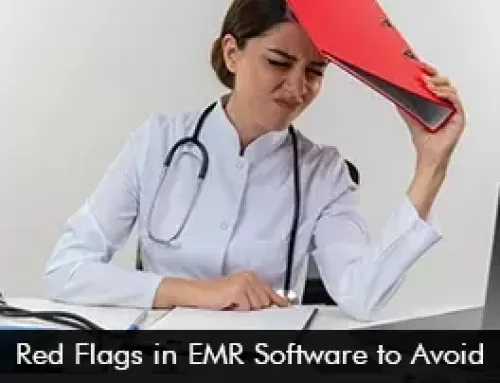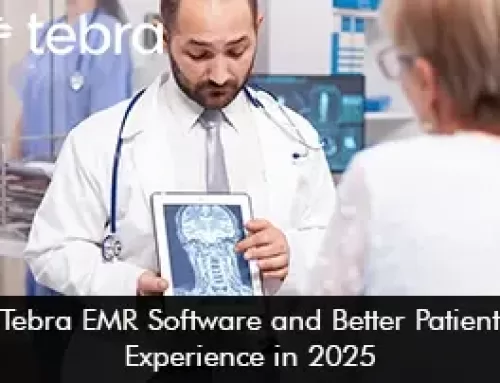Dialysis centers are responsible for providing intricate, continuous care to individuals battling chronic kidney disease. Maintaining precise and efficient documentation is crucial given the regular treatments, extensive record-keeping, and constant oversight involved in dialysis. This is where Electronic Medical Records (EMR) Software proves invaluable. Specifically created to simplify operations and enhance patient well-being, EMR software has rapidly become an indispensable asset for dialysis facilities throughout the United States.
Why Dialysis Centers Need Specialized EMR Software
Think about it: dialysis centers aren’t your typical doctor’s office. They’re all about regular treatments, monitoring lab results, managing fluid balances, and working closely with kidney specialists and other doctors. A standard EHR Software system doesn’t cut it for all they do.
That’s why they need EMR Systems specifically designed for dialysis. This specialized software includes robust tools like:
- Treatment templates – tailored for both hemodialysis and peritoneal dialysis.
- Built-in tools – These tools can track lab results for important things like creatinine, BUN, potassium, and more.
- Real-time charting – Documentation features in the EMR Software can record vital signs during each dialysis session.
- Reminders and alerts – Alert features about appointments and ensuring patients stick to their treatment schedules.
These EHR Software functionalities make it easier for the staff to provide top-notch, consistent care without getting bogged down in endless paperwork. It’s about working smarter, not harder, for better patient outcomes.
Making Dialysis Easier and Safer with EMR Software
Dialysis is all about getting things right, every time. That’s where EMR Systems comes in. It takes some of the pressure off by automating data entry and double-checking things automatically, so mistakes can be avoided.
The Electronic Medical Records Software has special tools like medication calculators designed specifically for kidney patients to up dialysis safety. It also keeps a close eye on things, alerting clinicians right away if there’s a fluid imbalance, a missed lab test, or any unusual vital signs. Plus, it makes checking patients in and managing their treatments faster and smoother. Every little bit of time saved adds up over a shift.
With the EMR software handling a lot of the routine tasks, care teams can focus on what matters most: making patients comfortable and giving them the best possible care. It also helps nurses, technicians, and kidney doctors communicate better, so everyone is on the same page during patient handoffs, and nothing gets overlooked.
Improved Patient Engagement for Dialysis Patients with EHR Software
When a person is on dialysis, it can feel overwhelming. But using Electronic Medical Records (EMR) Software can make care feel more tailored to a patient’s needs and more steady. The following patient engagement tools are present for patients to boost patient involvement and satisfaction:
- With patient portals, patients can easily see their treatment history and lab results.
- The EHR software also has tools to teach patients about their condition, making it easier to understand.
- When care is well-coordinated, patients can get help faster and might need fewer hospital stays.
Since doctors can see the whole dialysis history, other health issues, and medications, they can make quick, informed decisions. This leads to better patient outcomes and fewer problems.
Moving Ahead
EMR Software has become an essential partner in dialysis care. It gives healthcare providers the power to handle intricate treatments with greater ease, keeps patients in the loop, and makes sure to meet regulatory compliance. For dialysis centers aiming to boost both their day-to-day processes and patient results, choosing the right EHR Software is a wise move.







